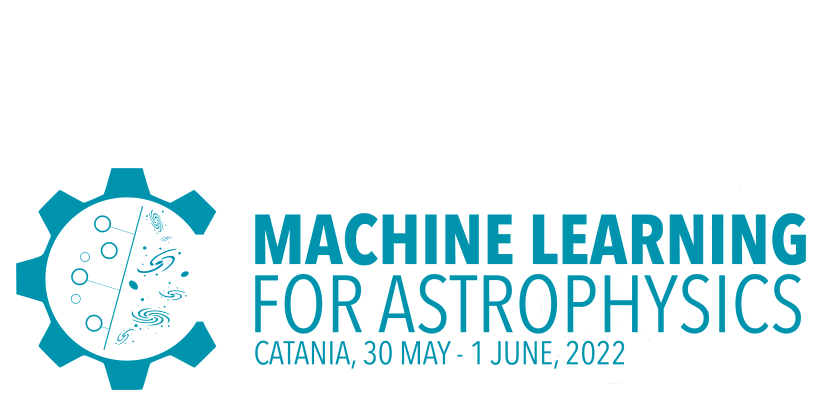Speaker
Description
Abstract: Imaging Atmospheric Cherenkov Telescopes (IACT) are able to indirectly detect gamma rays from the ground with energies beyond several tens of GeV emitted by the most energetic objects known, including Pulsar Wind Nebulae, Active Galactic Nuclei, and Gamma-Ray Bursts. Gamma rays and cosmic rays are detected by IACTs through imaging, the Cherenkov light produced by the charged superluminal leptons in the extended air shower of secondary particles originated when the primary particles interact with the atmosphere. These Cerenkov flashes dominate the light of the night sky for short integration times at the nanosecond scale. From the image topology and other observables, gamma rays can be separated from the more numerous cosmic rays, and thereafter incoming direction and energy of the primary gamma rays can be reconstructed. The standard algorithm in MAGIC data analysis for the gamma/hadron separation is a Random Forest, working on a parametrization of the stereo events based on the Hillas parameters. Until a few years ago, such a treatment was also restricted by the limited computational resources. Modern IT resources, such as GPUs make it possible to work directly on the pixel-wise information. Most CNN applications in the field perform the training on Monte Carlo simulated data for the gamma-ray sample. This choice is prone to systematics arising from discrepancies between observational data and simulations. Instead, we trained a well-known Deep CNN scheme, the Inception ResNet V2, with real data from a giant flare of the bright TeV blazar Mrk 421 observed by MAGIC in 2013. We show the preliminary results of this method for the gamma/hadron separation, which we found able to rival the results of the standard MAGIC analysis based on Random Forest, but showing potential for further improvement as well.
| Main Topic | Deep learning |
|---|---|
| Participation mode | In person |

